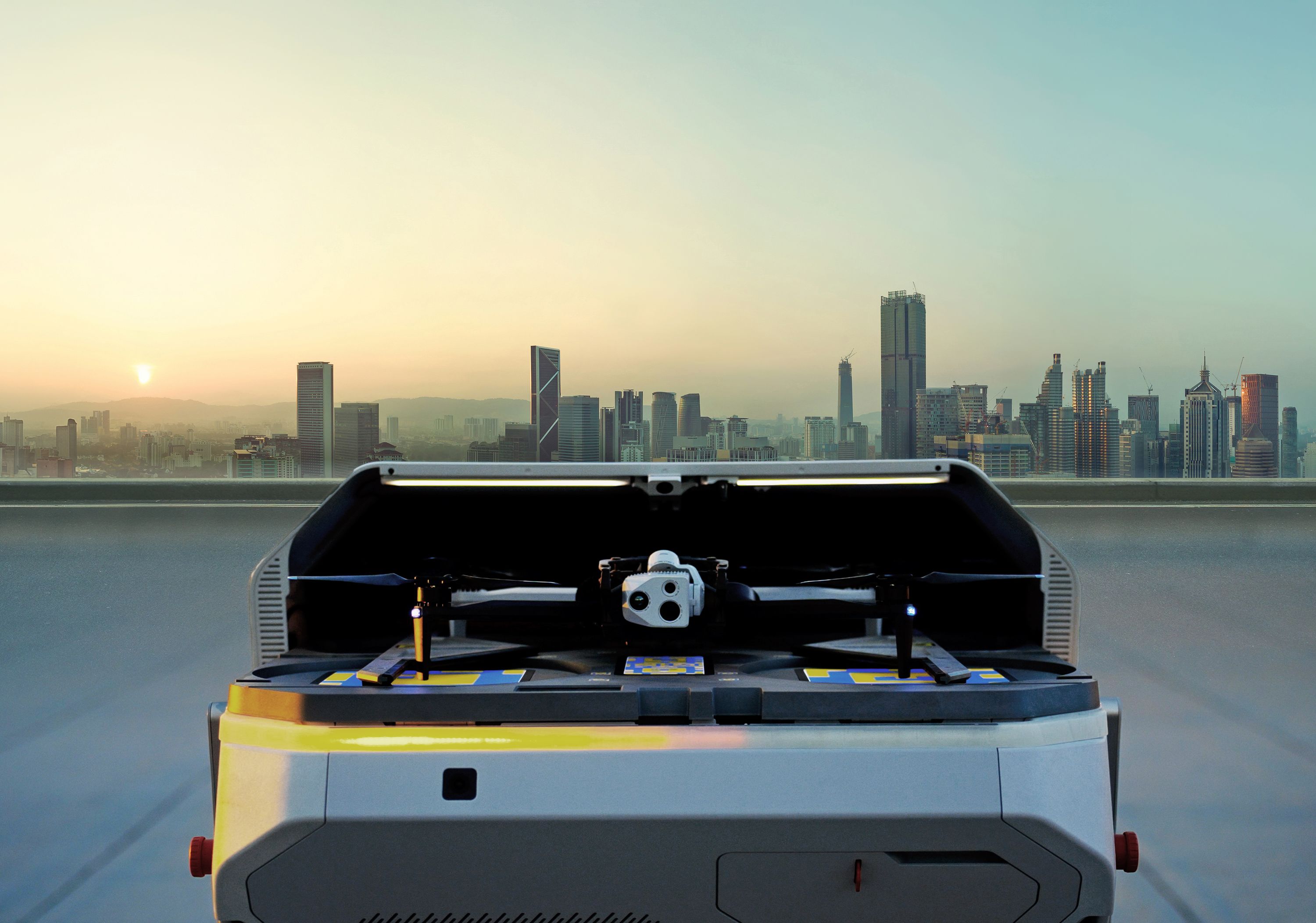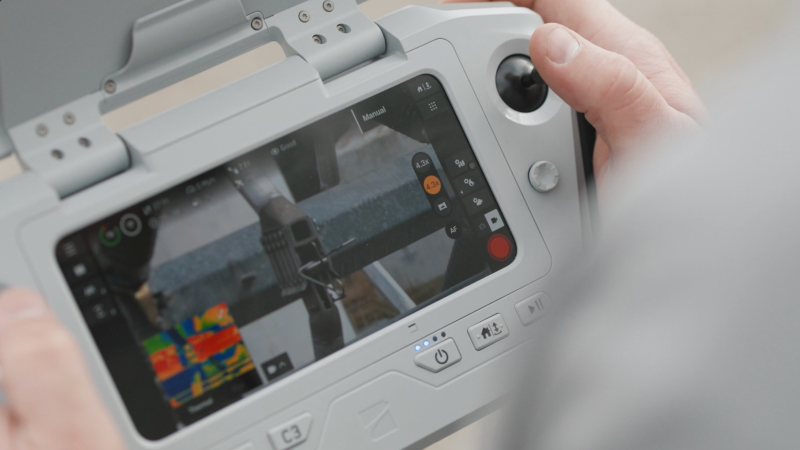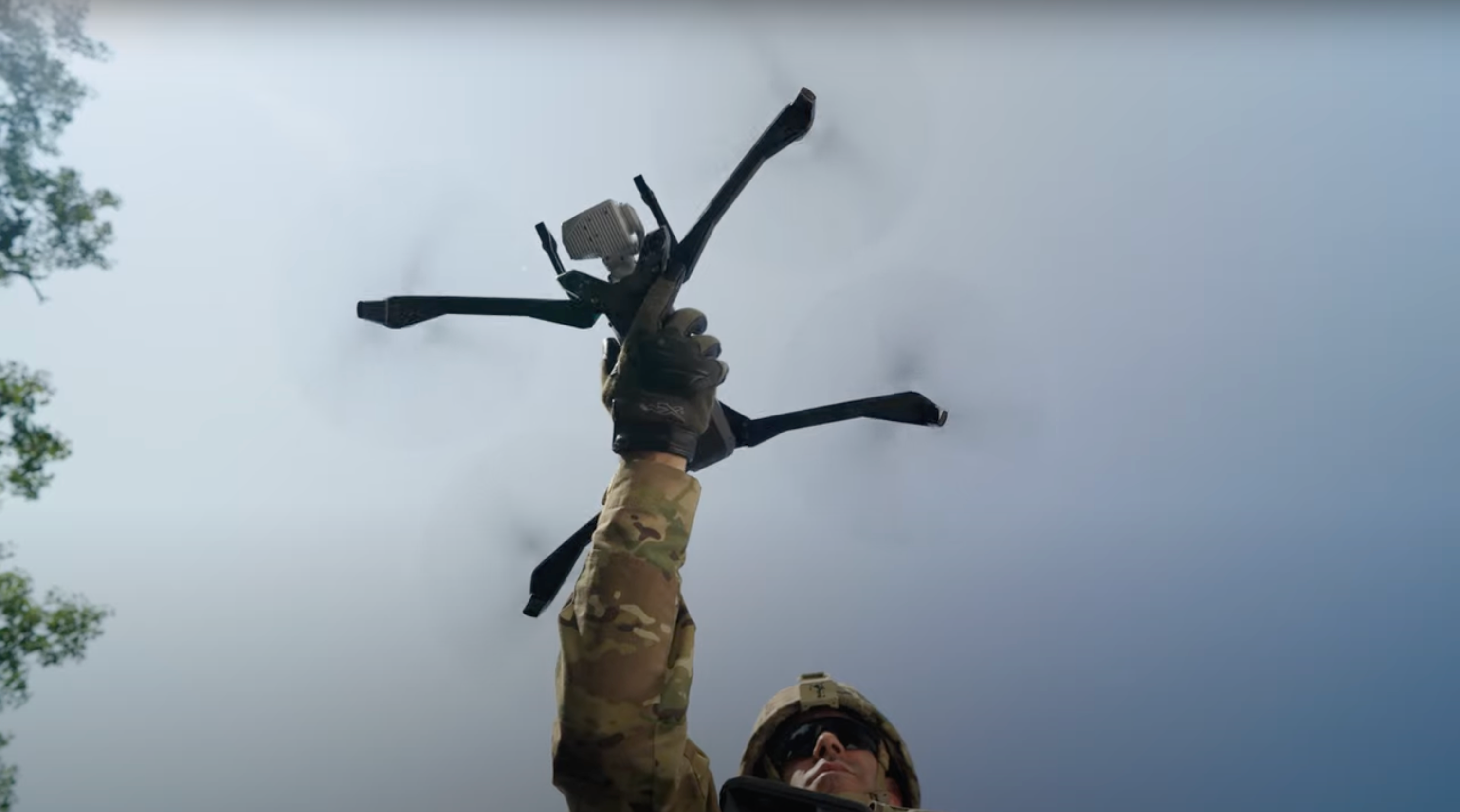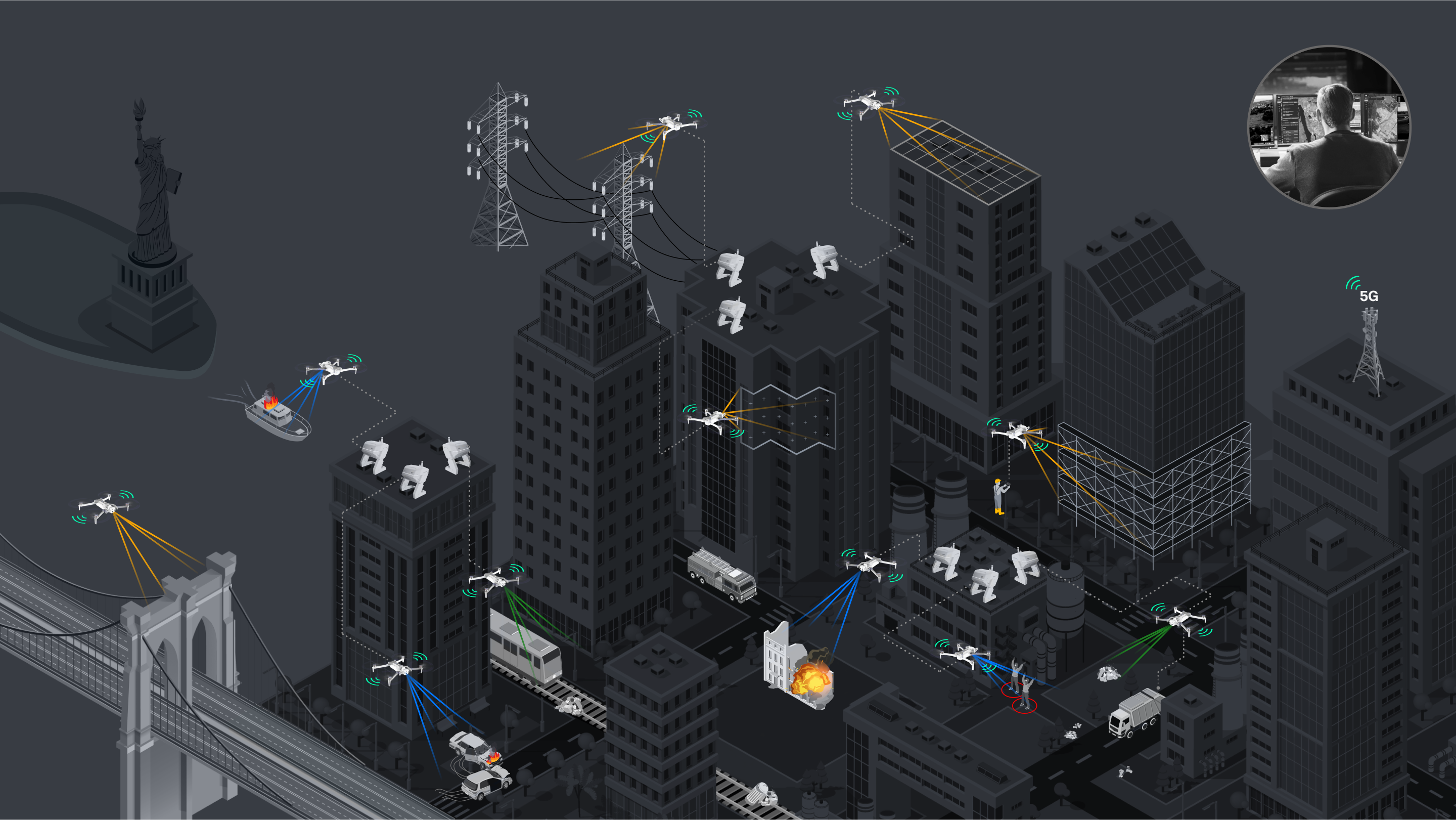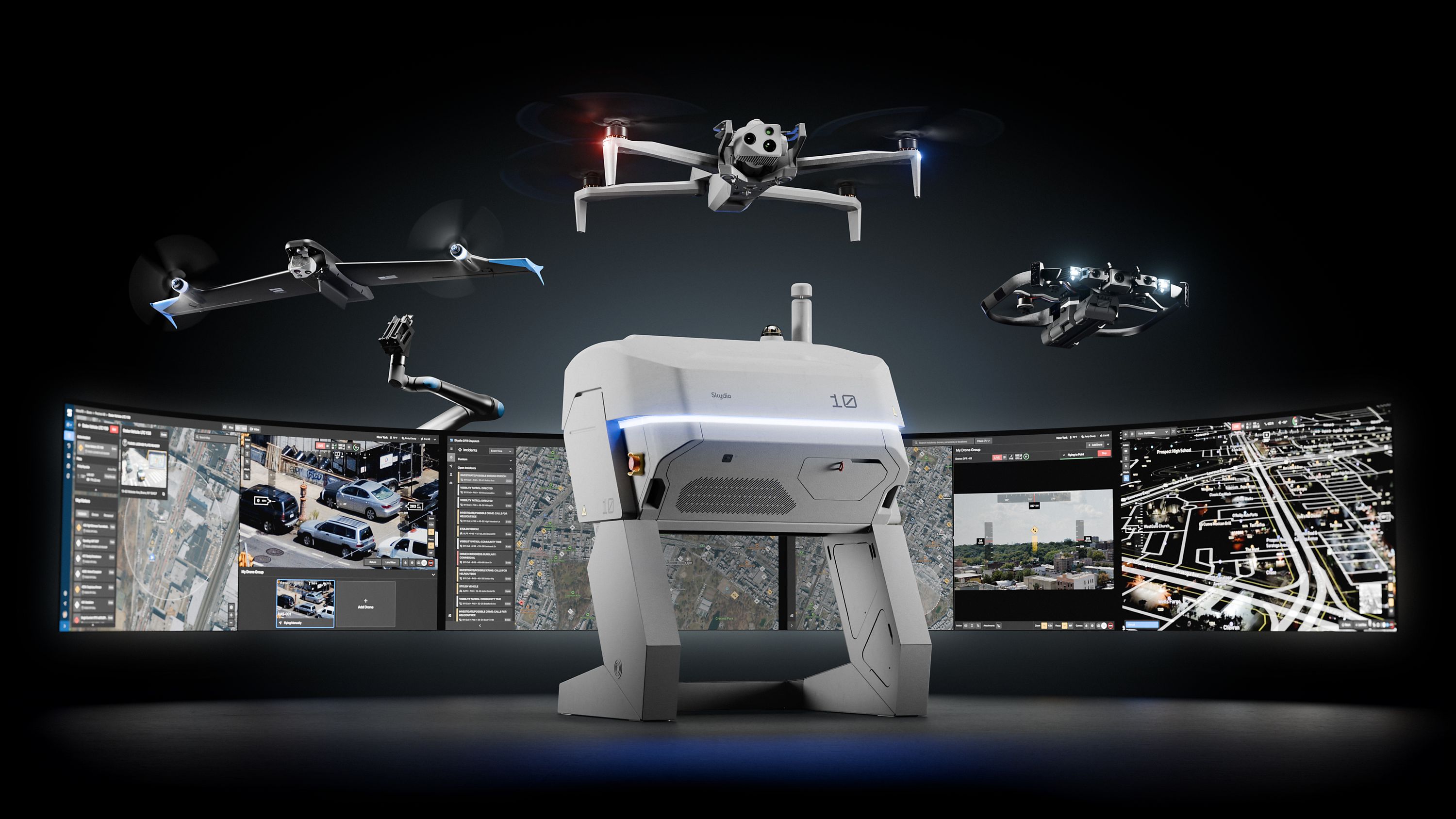Burlington Police Use Skydio 2 to Help Resolve Five Hour Standoff in SWAT Mission

As more and more public safety agencies continue to use drones to help officers safely de-escalate and resolve risky situations, the Burlington Police Department UAS team was called to help with an armed suspect who had been barricaded inside a residence for hours. Another agency on scene had tried to use a manual drone to locate the suspect, but were unsuccessful because the drone was incapable of safely navigating through the obstacles around the house to get close enough. Burlington PD needed a drone that could safely fly through dense trees that were along the side of the residence so police officers could see where the suspect was located in the two-story house. The only drone capable of flying through the dense obstacles and moving safely around the back of the house was a Skydio 2 drone. Skydio’s on board artificial intelligence enabled the drone to avoid the tree branches, the fence, the roof of the house, and the deck furniture to identify where the subject was located in the house, successfully bringing the standoff to a safe close.
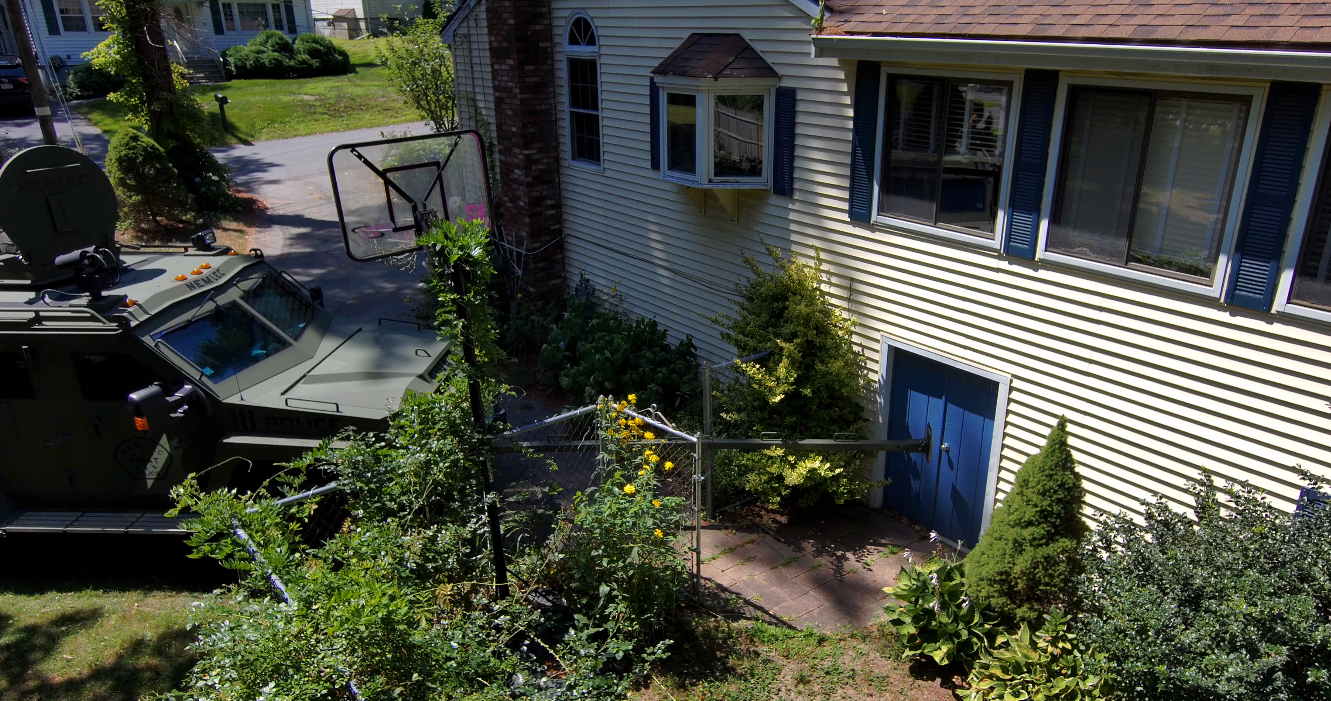
Challenges
Obstacles galore. With an armed, barricaded suspect located inside a two-story suburban home, the police needed to get a better idea of where the suspect was located in the house. Since the area surrounding the location was filled with trees and shrubs, it was nearly impossible to get eyes on the back of the house. With the negotiators in the front of the house trying to make contact and the standoff reaching the five hour mark, the police needed to see if the suspect was there. There was also increased officer danger because the suspect was believed to be armed. With no cover in the backyard of the house, having an officer climb the fence and approach the back of the home would be extremely dangerous.

Other drones could not get close. The neighboring police department was flying their DJI Matrice 210, but due to the trees and obstacles around the house, they were unable to get the drone into position to see the windows. With the layout of the two-story home having a deck on the second story with an umbrella, it was impossible to see the windows on the bottom of the home without getting closer. The Burlington Police UAS team had the right drone for the job: the Skydio 2.
“ Another agency with a highly touted drone was ineffective because they could not navigate through the obstacles to get close enough to the windows.
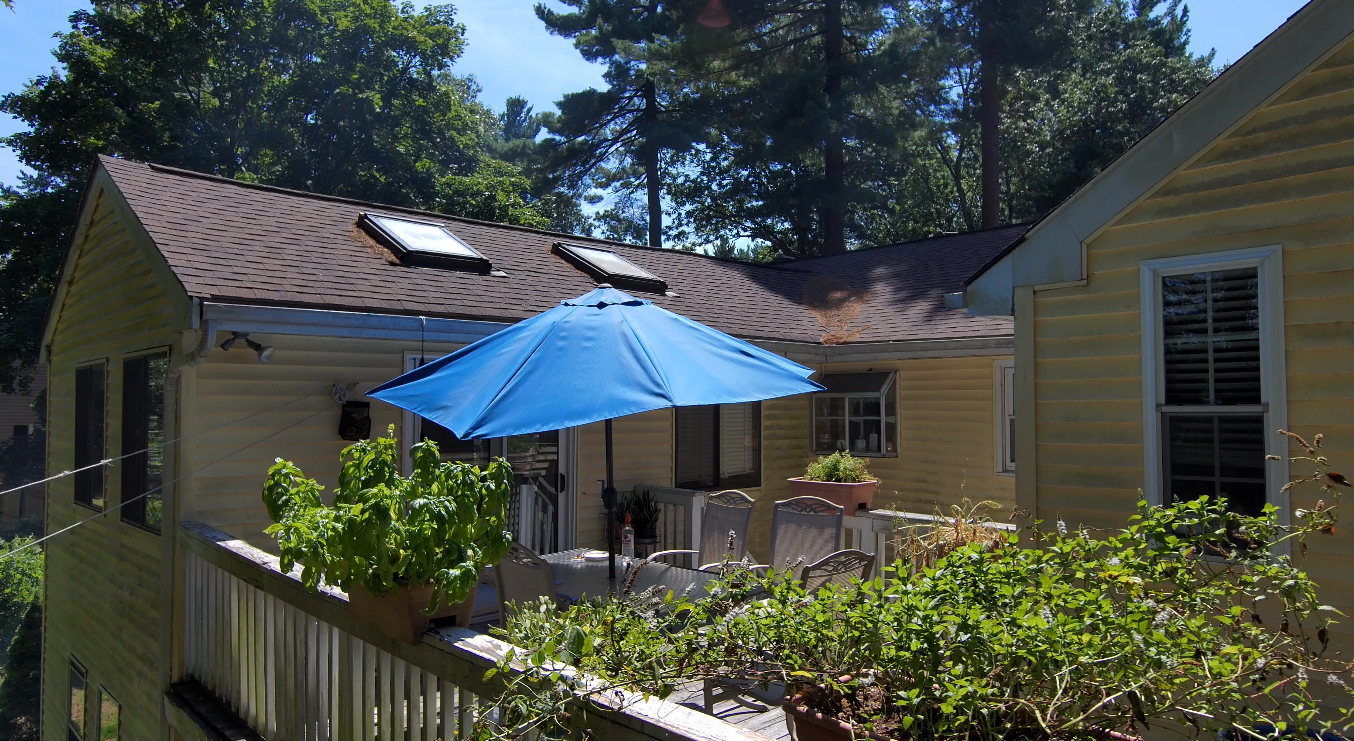
Solution
Operate through dense environments. Skydio drones are built from the ground up to enable 360° vision around the aircraft so that Skydio Autonomy, the AI powered autonomous flight software engine that powers all Skydio drones, can confidently guide the Skydio 2 in any direction. With six wide angle navigation cameras located on the bottom (three) and top (three) of the drone, the image processing core understands where the drone is in 3D space and makes decisions on where to fly based on the obstacles present.
“ The ability to fly from the woods and close to the house was something that I would not have been able to do with a DJI.
With the area surrounding the home being filled with trees and shrubs, getting eyes on the back of the house was nearly impossible with any other drone. While maintaining line of sight of the drone from around the side of the house, Officer Costa flew the Skydio 2 drone around many trees, vines, shrubs and then a fence to just get into the backyard. Once in the backyard, the drone flew up to the second story deck and began to look in the windows. The deck was crowded with obstacles such as the roof overhang, umbrella, clothes line, and deck furniture. The drone performed flawlessly, getting up and close to the windows to see if a person could be seen. Getting close to the windows was necessary since there was a lot of glare coming from the windows. Once officer Costa saw a person’s foot and saw that the suspect was lying on the couch in the upstairs living room, he was able to relay that information to the incident command.

“ The Skydio 2 was instrumental in bringing about a safe and successful resolution to a 5 1/2 hour barricaded gunman call.
Fly in a wide variety of situations. Having a drone that is capable of getting down low below the tree line or moving around other obstacles makes it easier to get a full picture of the situation. This increases safety for the officers while also giving incident command a better idea of the landscape. Not only can Skydio drones fly in obstacle-dense areas, but Skydio drones also can fly under and near metal objects. Legacy drone systems require a stable GPS signal and a compass heading to ensure that the drone maintains its stable position while flying. Therefore, it is not possible for these legacy drone systems to fly under large objects that prohibit the drone from picking up GPS signals coming from satellites in space. Skydio drones do not need GPS to fly properly since they use visual sensing to maintain flight stability. Skydio drones allow drone operators to fly where other drones cannot, all while easily avoiding obstacles in the process.
Results: An effective and safe resolution to a dangerous situation
With an armed, barricaded suspect located in the house and limited places for cover in the backyard, having officers approach the back of the house without knowing the suspect's location would have been extremely dangerous. With the Skydio 2 drone being able to navigate the dense forest next to the house and fly up to the second story, officers could see the location of the suspect through the window. With a Skydio, officers were able to fly where other drones and manned aviation cannot.
Skydio’s autonomy capabilities allowed Burlington PD to respond to a barricaded suspect call without having to second guess if the drone could get close enough to see what was happening while they were at a safe distance. This increased the safety for officers in the area while quickly locating the suspect. After a five-hour standoff, Burlington PD was able to bring the potentially dangerous situation to a safe resolution in a matter of minutes using the Skydio 2 drone. This is just one example of how the Skydio 2 drone increased the safety, accuracy, and efficiency of law enforcement duty.
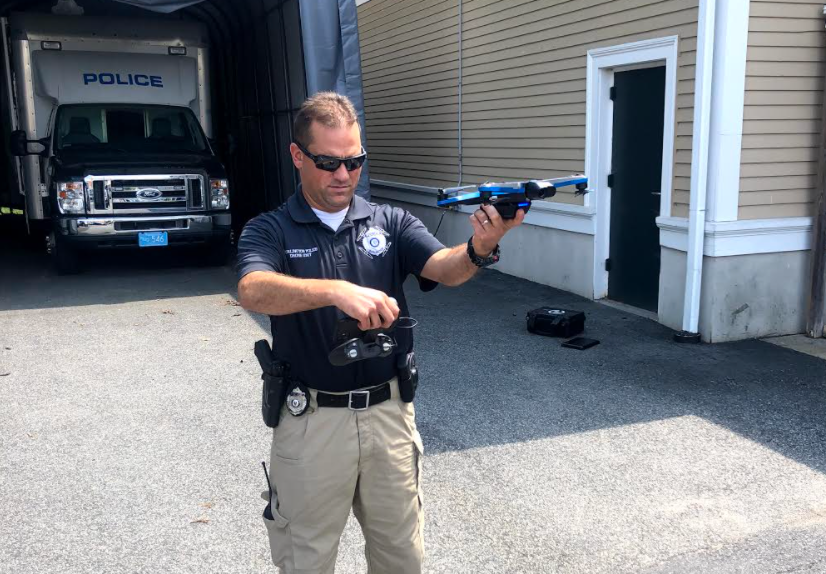
Skydio takes pride in developing solutions that earn the trust of our customers. But we know it’s not enough. In order to realize the full potential of unmanned flight, the public must trust the technology, and the way it is used—and that requires private sector companies to bake responsible engagement into their DNA.
That's why we developed the Skydio Engagement and Responsible Use Principles --a groundbreaking set of policy and ethical principles to guide our work and drive the industry forward. We also partnered with DRONERESPONDERS —the leading association focused on first responder drone programs— to develop the "Five C's" of responsible drone use by public safety agencies.
How can Skydio Autonomy improve your public safety? We are excited to work with you to find ways that autonomy can start contributing to your operations. Please do not hesitate to contact us.
